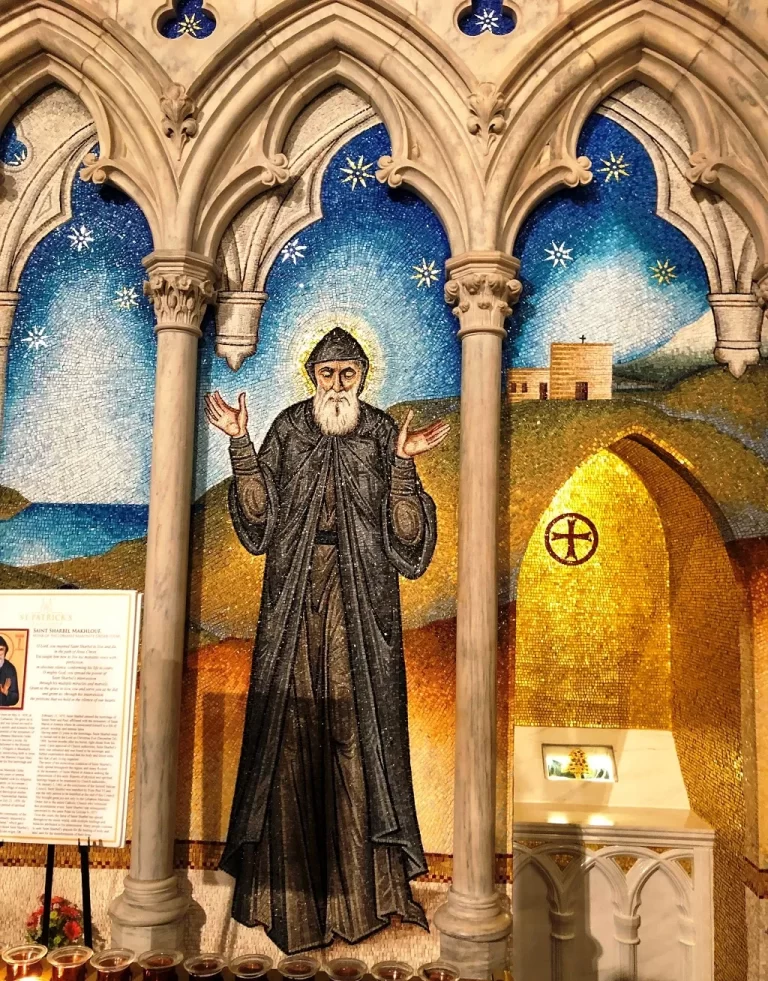Virgin Mary Regina Coeli: Prayer and History
The Catholic Church has been characterized by reflecting various prayers, songs, hymns dedicated to the Virgin Mary and different saints who were recognized by her. There are various hymns and Marian expressions used by the Catholic Church, with some very popular such as the Virgin Mary Regina Coeli , let’s learn a little about this popular hymn here.
Queen Coeli
The Virgin Mary Regina Coeli is known as one of the expressed versions of the Virgin Mary, mother of God, it is well known as one of the Marian antiphons. The Catholic Church is characterized by its main devotion to the doctrines taught by Jesus while he was on this earth, emphasizing that we are now saved thanks to his sacrifice; but other aspects of the Catholic Church correspond to the Marian doctrines. These Marian doctrines are considered the most popular in the midst of the Catholic Christian religion that are responsible for imparting the Marian teachings and their different prayers, highlighting three Marian antiphons known as Ave Regina, Alma Redemptoris and Salve Regina; being sentences mainly in Latin.
The Regina Coeli represents a prayer performed during the Easter season, established by Pope Benedict XIV in 1742, being an exclusive prayer for Holy Saturday and must be prayed in choir and on foot. The origin of the Regina Coeli prayer is currently uncertain, it began its practice in the middle of the 12th century, over time due to the high presence of the Franciscan friars in the 13th century, it began to popularize and expand throughout the world. There are some testimonies that the author of the prayer is to Saint Gregory the Great, who, carrying out a barefoot procession one morning in Rome, claims to have heard this song by the angels, once he had heard this hymn, he transcribed it and annexed the fourth line.
Prayer Regina Coeli or Queen of Heaven
Despite the years, the popularity of the Regina Coeli has been increasing, being considered one of the most popular prayers in the Catholic Church, being very exclusive for the Easter season. There are various musical versions to be developed as a Gregorian chant, the lyrics being set on numerous occasions, there is even a version by Mozart and other great authors. It should be noted that it is one of the main prayers in Latin performed by the public. Let’s get to know the fragment of Regina Coeli below:
Prayer in Spanish
Queen of heaven, rejoice, hallelujah.
For the Lord whom you have carried in your womb, hallelujah.He has risen according to his word, hallelujah.
He prays to the Lord for us, hallelujah.Enjoy and rejoice Virgin Mary, hallelujah.
Because the Lord has truly risen, alleluia.O God, who through the resurrection of Your Son, Our Lord Jesus Christ, has filled the world with joy, grant us, through the intercession of His Mother, the Virgin Mary, to reach eternal joys. Through Jesus Christ Our Lord. Amen.
Glory to the Father and to the Son and to the Holy Spirit, as it was in the beginning is now and always will be for ever and ever. Haman. (three times)
Latin Prayer
Queen of heaven, rejoice, alleluia.
Because you deserve to bear it, alleluia.He rose again, as he said, alleluia.
Pray for us God, alleluia.Rejoice and rejoice Virgin Mary, alleluia.
Because the Lord has truly risen, alleluia.We pray:
God, who through the resurrection of your Son, our Lord Jesus Christ, has deigned to make the world happy: grant it, we beseech you; that, through his Mother the Virgin Mary, we may take the joys of life perpetually. Through the same Christ our Lord. Amen.
Glory be to the Father, and to the Son, and to the Holy Spirit. As it was in the beginning, and now, and forever, and unto the ages of ages. Amen
Marian doctrines are one of the main trends offered by the Catholic Church; focusing mainly on making prayers, hymns, doctrines, among others focused on the adoration of the Virgin Mary, there are exclusive days and moments to carry out prayers to the virgin, in this case the importance and history of Regina Coeli is highlighted, observing which correspond to a Marian prayer that is responsible for opening the paths during the Easter hymns to the Virgin Mary.

Hello! Let me enthusiastically introduce myself as a dedicated blogger fueled by an intense passion for meticulously crafting insightful and well-researched blogs. My mission revolves around providing you, dear readers, with a veritable treasure trove of invaluable information.







